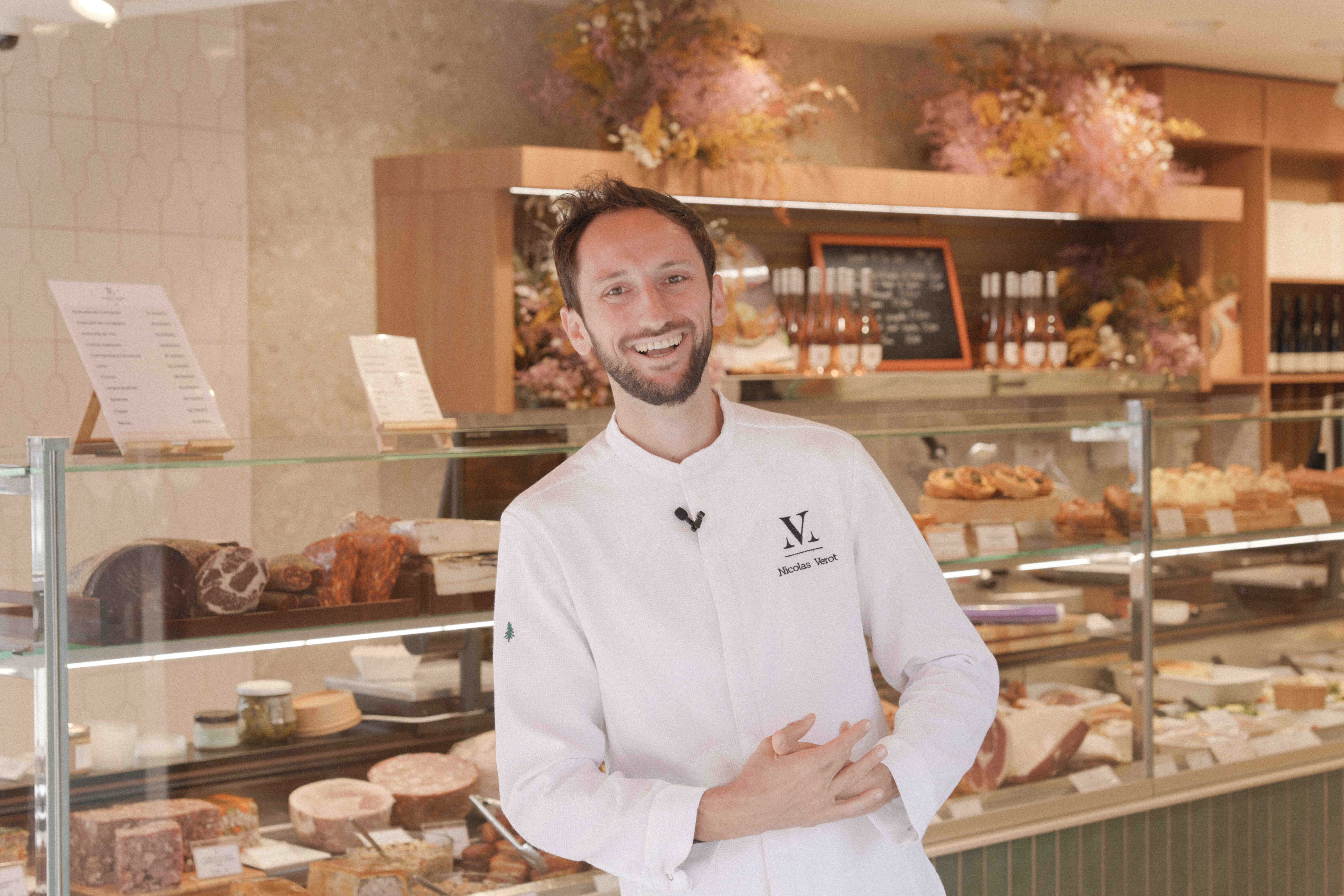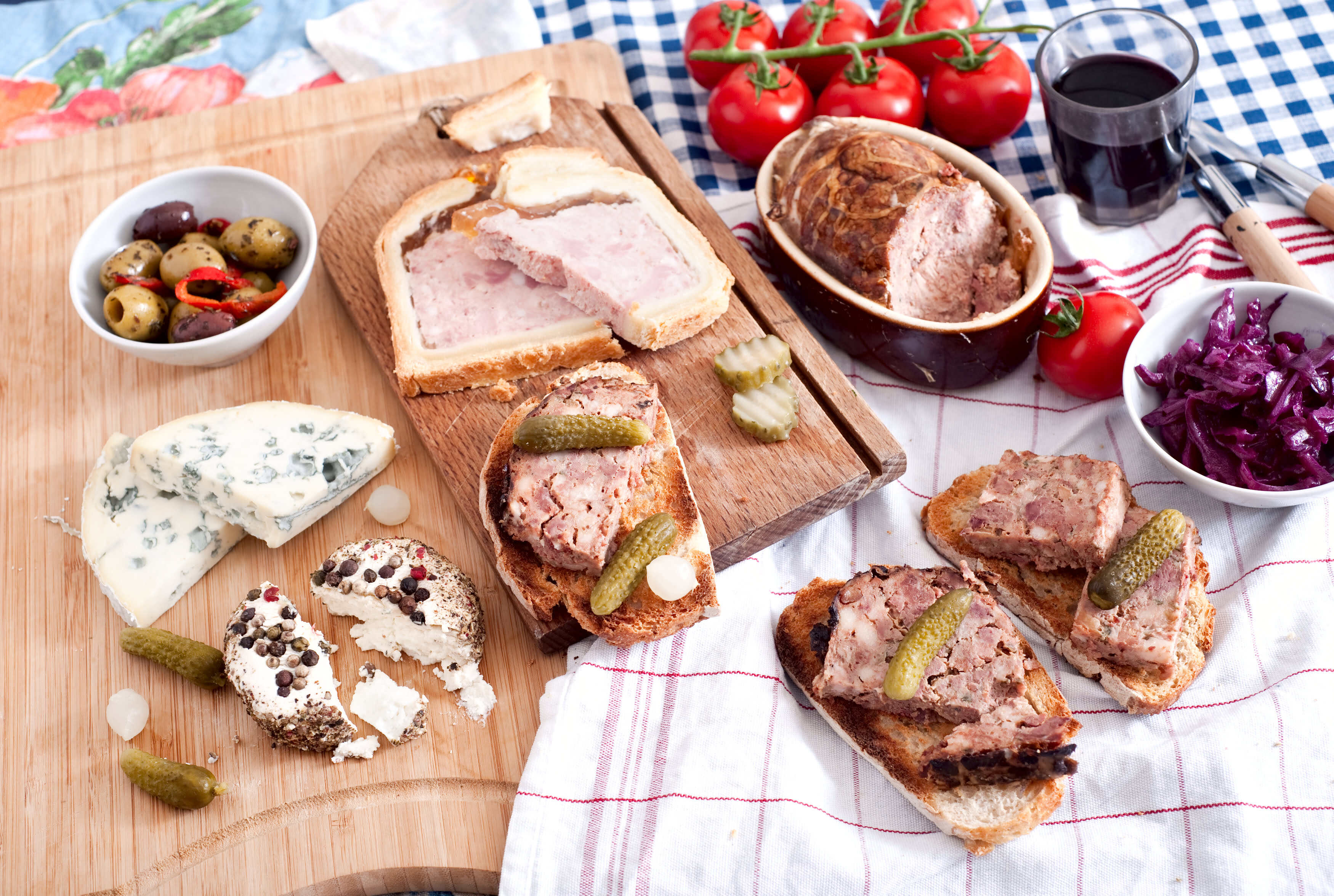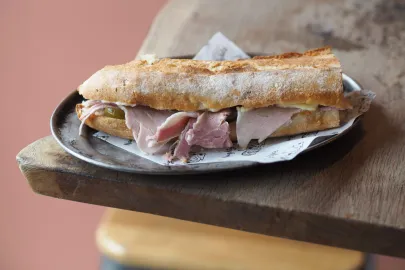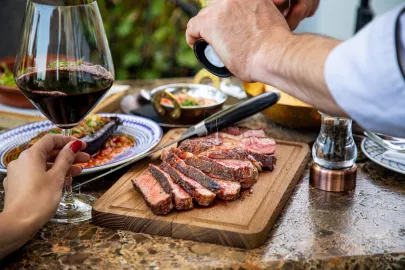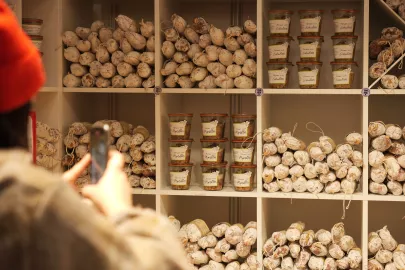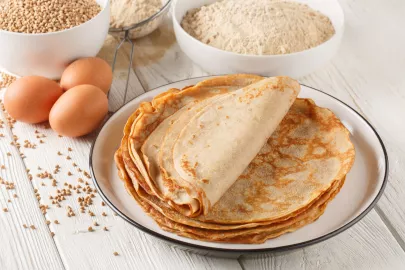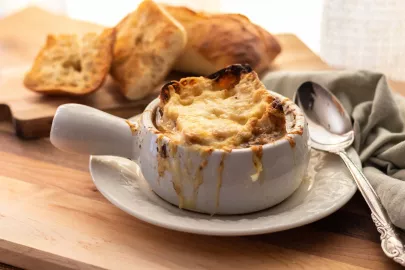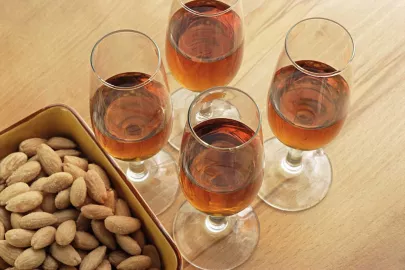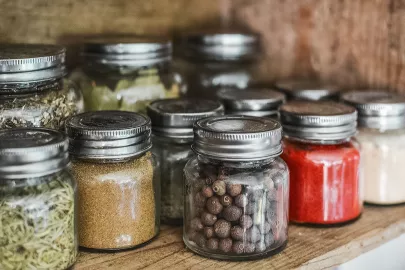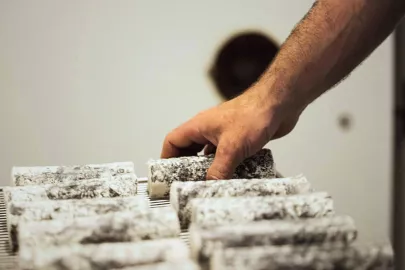In honor of the 12th Pâté-Croûte World Championships, we take a fresh look at this wonderful slice of French heritage. Traditionally a veal and pork filling supplemented with poultry and/or game and wrapped in a shortcrust or puff pastry, it's an age-old dish with a global reputation…

Long live pâté
Pâtés en croûte stretch way back in gastronomic memory. By the Middle Ages, these meaty and fruity pâtés were already gracing western tables. Their preparation was the preserve of pastry chefs, even though at the time, the pastry part wasn't always edible. The practice continued, nevertheless. In the early 18th century, it even acquired a name: pâté en croûte. It was the start of a new story, one with highs but also lows. At fault was the agri-food industry and its mishandling of this excellent dish in the early 1980s. Aggrieved fans abandoned it. All of them? Not quite. Thankfully, a few hardliners in Lyon and the surrounding area kept the "pâté croûte" (as it is known in those parts) flame alive. Better still, in the wake of the first world championships in 2009, it is back in favor and back on restaurant menus. And for good reason...
A virtuoso performance
"There is no other product like it!", declares Nicolas Vérot from the eponymous company founded in 1930. The pork butcher knows what he is talking about. He mastered the speciality little by little at the side of his father Gilles, a runner-up at the world championships. "Though pâté en croûte, like the macron, has endless variations, you first have to master the techniques of three professions: pork butchery for the filling, pastry-making for the crust, and cookery for the stock and the jus." It's a lengthy undertaking, which can demand over 20 hours of painstaking preparation. Éric Frechon confirms. "The results rely as much on a good pastry recipe as on a perfectly cooked filling. The first must retain a crunch, whilst the second must remain moist, almost wet. Not to mention the role of the jelly, which should be neither too prominent nor too subtle", explains the holder of three stars at the Bristol Paris and the Meilleur Ouvrier de France award.
International renown
The professionals remain undeterred. For twelve years they have been flocking to take part in the famous competition held in the run-up to Christmas. Although most come from France, entries from America and Asia have made their presence known. In fact, the 2014, 2017 and 2019 champions were Japanese! Japan has triumphed again this year, with Kohei Fukada and Yoichi Nakaaki taking the first and third spots respectively in 2021. It testifies to the worldwide success of the dish. "As well as its history and versatility, pâté en croûte turns out to be very photogenic", concludes Nicolas Vérot. Perfect for showcasing the dish globally via social media. The winners' creations are drawing crowds on Instagram. From the newly crowned champion's entry, with Challans duck, foie-gras, guinea fowl, beef tongue, pork, chicken liver, red port, cognac, and pistachio… to a quirky nose-to-tail farmhouse pork recipe with octopus, foie gras and chorizo. This Christmas, Maison Vérot has chosen a hot version and a luxurious pairing: hot pâté en croûte with sweetbread, corn-fed chicken, Perche pork and morels, accompanied by champagne sauce and a glass of Bollinger no less.
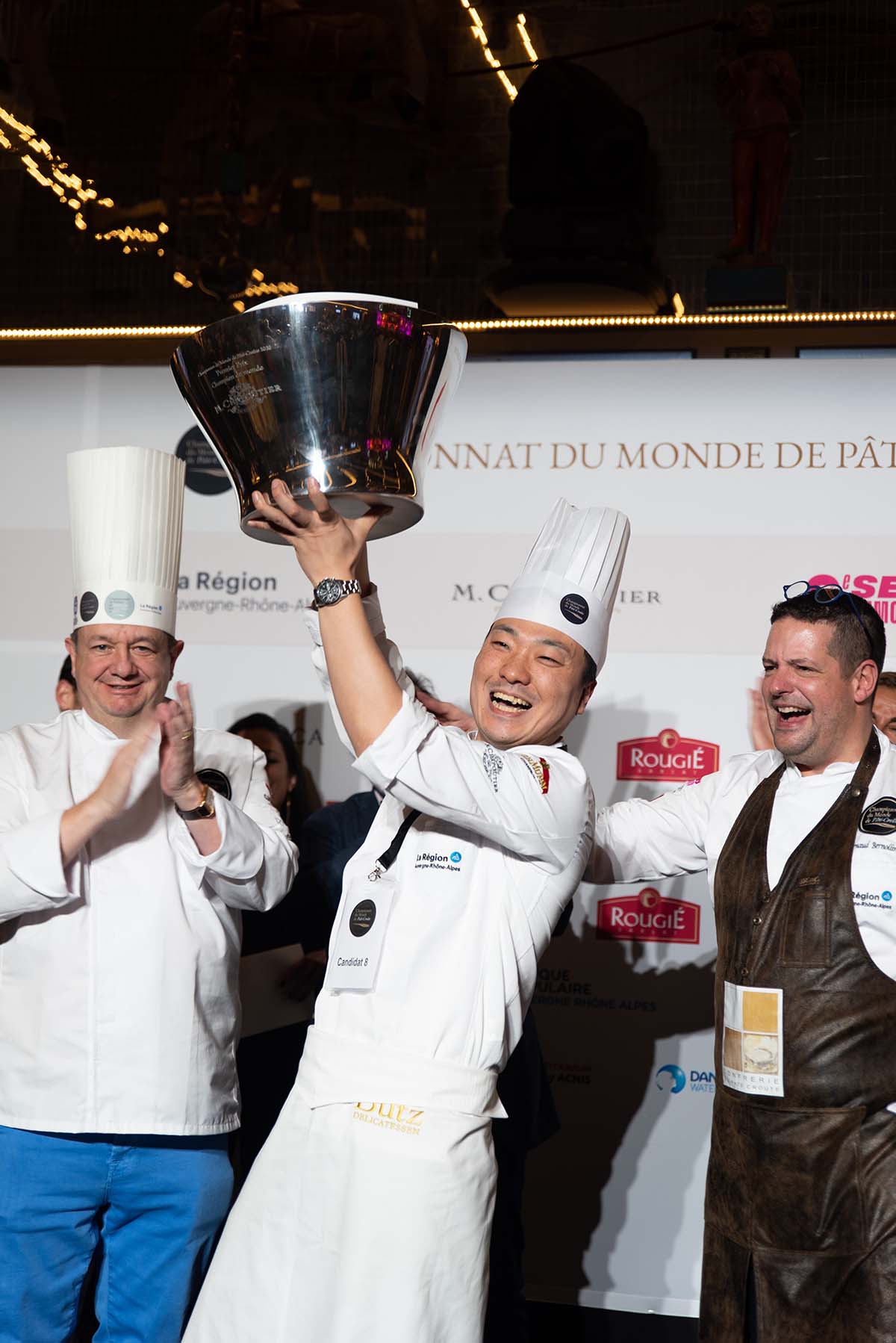
© ©cloporte
Taste France Magazine's picks
Pâté Pantin
Nestling inside this rectangular or oblong creation is a classic pork and veal filling.
Pâté de Houdan
Another slice of French heritage. Houdan chicken and pistachio make this the tastiest of fillings!
L'Oreiller de la Belle Aurore
A true landmark in the history of pork butchery, in its traditional form: 10 meats (pork, foie gras, partridge, roe deer, sweetbread, mallard…), to which can be added truffles, morels… No wonder it has sparked the curiosity of chefs of all persuasions, including Kei Kobayashi
Contributor

Editor

